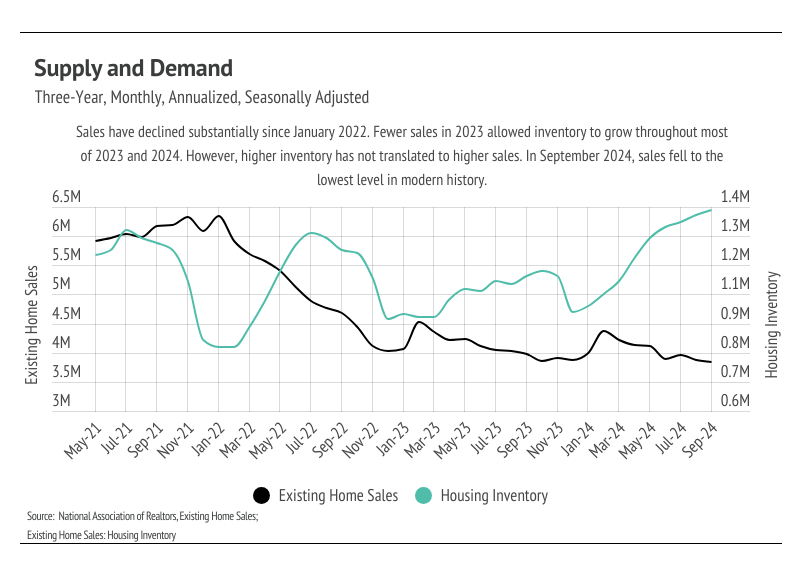Real Estate Market Update | November 2024







Stay up to date on the latest real estate trends.






You’ve got questions and we can’t wait to answer them.